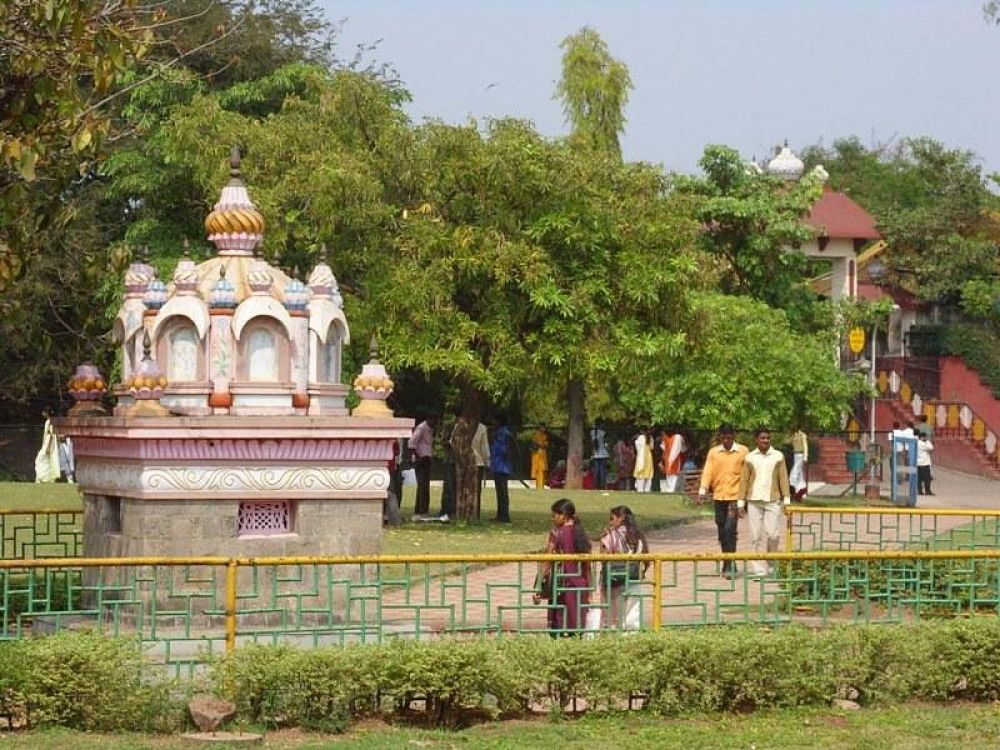

Saras Baug is a major landmark in the city of Pune, Maharashtra, with a rich history that dates back to the 18th century. The Baug, which translates to "garden", has been an integral part of Pune's cultural and historical landscape. The centerpiece is the Talyatla Ganpati temple, dedicated to the Hindu god Ganesha, which was completed in 1784 during the reign of the Maratha leader Madhavrao Peshwa.
The Baug was originally built alongside a lake, and although the water body no longer exists, the area has maintained its status as a popular recreational spot. Over the years, Saras Baug has witnessed various remodelings and has evolved with new features catering to the changing tastes of visitors.
Tourism in Saras Baug can be traced back to the times when it served as a gathering place for locals to relax and socialize. As Pune developed, Saras Baug became a historical location that attracted tourists interested in Maratha history and Indian architecture. The Ganpati temple, with its intricate design, also became an important pilgrimage site for devotees.
Over time, the Baug gained more attractions such as a small zoo, a museum, and well-manicured lawns, which further increased its popularity among tourists. The Saras Baug has also been a space for cultural events, including music concerts and festivals that showcase local traditions, drawing in both domestic and international tourists.
In recent years, there has been a notable shift in the tourism trends at Saras Baug. With the rise of digital media, the Baug has become more accessible to a wider audience. Travel bloggers and influencers often feature it in their content, which has led to a renewed interest in the park and its history.
Sustainable tourism is also becoming a significant focus. The maintenance of the park has put an emphasis on preserving the environment, with initiatives to protect the green spaces and promote eco-friendly practices among visitors.
Moreover, experiential tourism has taken root, with many tourists now looking for local experiences. Events like "heritage walks" and "cultural tours" are periodically organized at Saras Baug to provide insights into Pune's history and traditions, catering to this trend. Visitors are also increasingly interested in local cuisine, which has led to food stalls and restaurants in the vicinity offering traditional Maharashtrian dishes.
Technology has also played a part in revolutionizing the tourist experience. With the advent of augmented reality (AR) apps, guests at Saras Baug can now enjoy interactive tours that offer a glimpse into the park's historical significance and elaborate on architectural details of the temple.
Saras Baug continues to be a beloved destination, wonderfully combining the charm of ancient history with the comforts and curiosity of modern tourism.